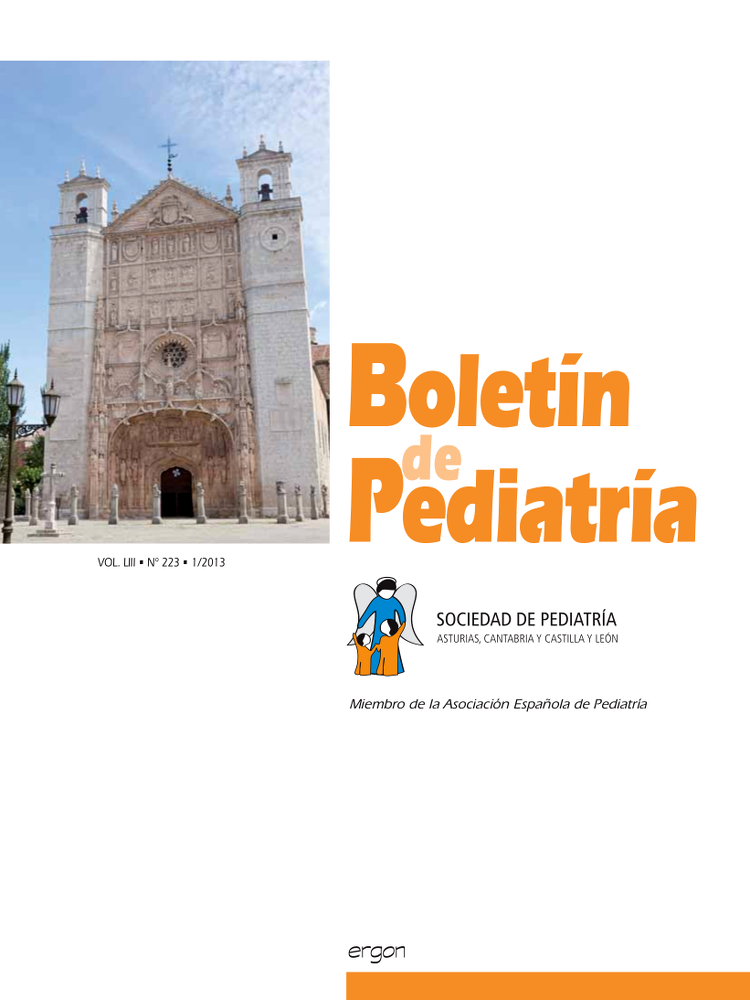Abstract
Background.
Routine antenatal care has increased neonatal surviving rates. Non-attending for antenatal care visits is related to several complex social and economical factors.
Patients and methods.
An observational, retrospective, descriptive review of all the infants born in Hospital de Cabuenes (Gijon, Asturias) following pregnancies with inadequate antenatal care between 2006 and 2010 and comparison with a control group.
Results.
Ninety-two pregnancies (8.31 cases/1000 liveborn infants) did not attend any antenatal care visits. Fortyfive percent of the mothers were Spanish and 14.1% reported drug abuse during pregnancy. Average gestational age was 37.7 weeks. Twenty-one percent of the newborns were given up for adoption, and the child's custody was removed from the parents in 10.9% of cases. Two cases of Human Immunodeficiency Virus infection and three cases of hepatitis C virus infection were found in postnatal serology studies. Compared to the control group, mothers without antenatal pregnancy care were significantly younger (26.9 vs 32.1 years old) and were more likely to have more previous children (1.73 vs 0.5) and previous voluntary pregnancy interruptions (0.34 vs 0.02). Prematurity rates (25% vs 5.4%) and admission to the Neonatal Intensive Care Unit (6.6% vs 2.2%) were more frequent in these children, as well as a worse adherence to low-up in the Outpatient Clinic (53.4% vs 95.5%).
Conclusions.
Lack of antenatal care is a relatively common problem in our area. Mothers generally share a characteristic social profile and their infants show higher prematurity and morbidity rates in the newborn period and are less likely to attend follow-up visits.

This work is licensed under a Creative Commons Attribution-NonCommercial 4.0 International License.
Copyright (c) 2013 Boletín de Pediatría
